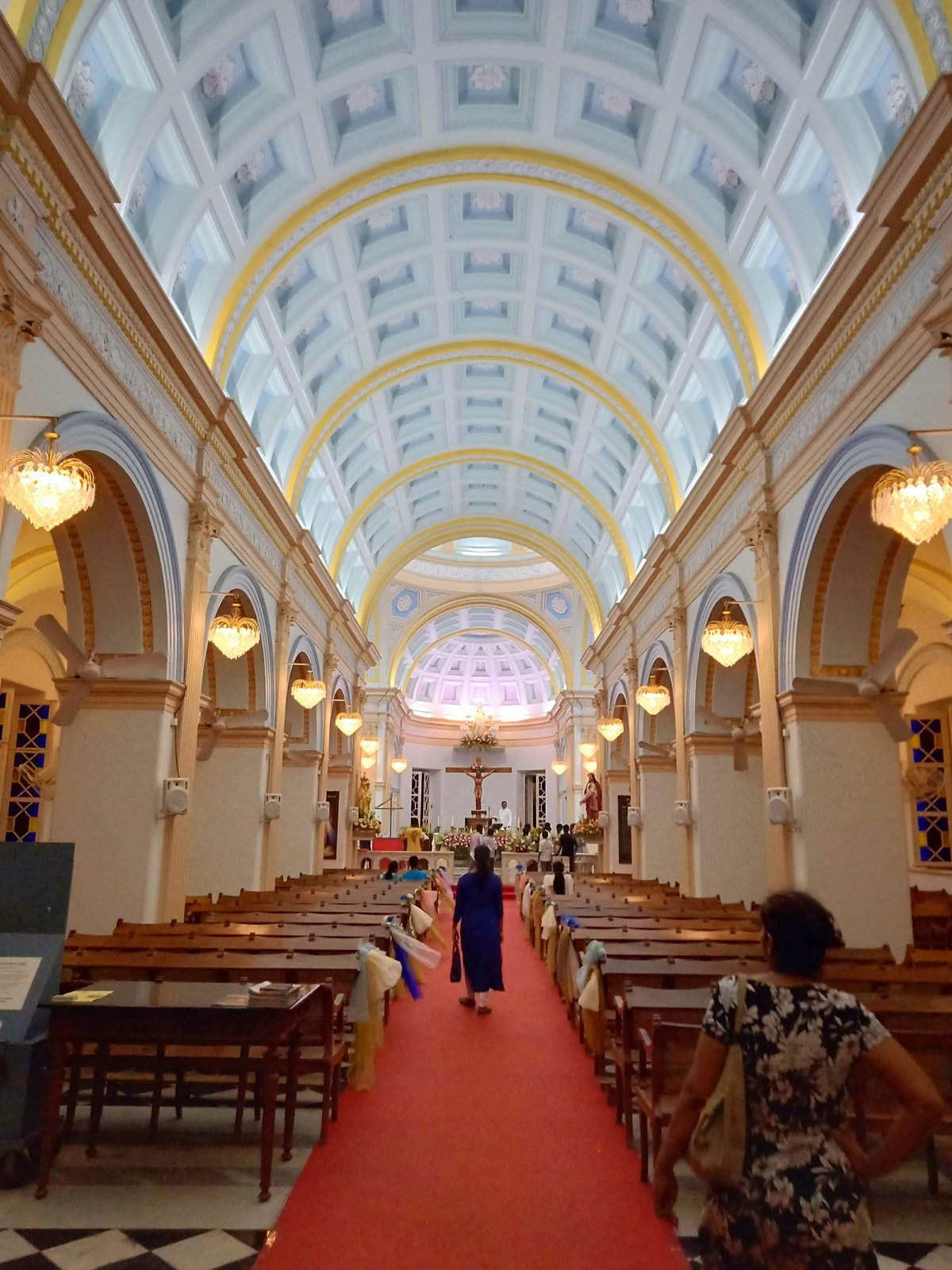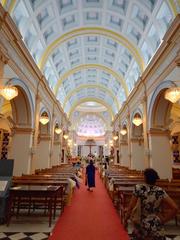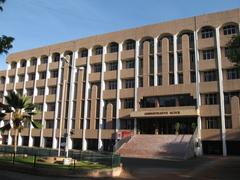
Église Notre-Dame des Anges: A Comprehensive Guide
Date: 18/07/2024
Introduction
Table of Contents
- [Introduction](#introductionintroduction)
- [A Glimpse into the Past](#a-glimpse-into-the-pasta-glimpse-into-the-past)
- [Early Beginnings and Colonial Influence](#early-beginnings-and-colonial-influenceearly-beginnings-and-colonial-influence)
- [The Birth of Notre-Dame des Anges](#the-birth-of-notre-dame-des-angesthe-birth-of-notre-dame-des-anges)
- [Architectural Influences](#architectural-influencesarchitectural-influences)
- [The Facade and its Symbolism](#the-facade-and-its-symbolismthe-facade-and-its-symbolism)
- [The Tranquil Interior](#the-tranquil-interiorthe-tranquil-interior)
- [The Altar and its Significance](#the-altar-and-its-significancethe-altar-and-its-significance)
- [The Transept and its Chapels](#the-transept-and-its-chapelsthe-transept-and-its-chapels)
- [Visitor Information](#visitor-informationvisitor-information)
- [Visiting Hours and Tickets](#visiting-hours-and-ticketsvisiting-hours-and-tickets)
- [Travel Tips and Accessibility](#travel-tips-and-accessibilitytravel-tips-and-accessibility)
- [Special Events and Guided Tours](#special-events-and-guided-toursspecial-events-and-guided-tours)
- [Photographic Spots](#photographic-spotsphotographic-spots)
- [Nearby Attractions](#nearby-attractionsnearby-attractions)
- [Conclusion](#conclusionconclusion)
- [FAQ](#faqfaq)
A Glimpse into the Past
Early Beginnings and Colonial Influence
The church’s history dates back to the 17th century, a period when Pondicherry was under French colonial rule. The original structure, a modest chapel, was erected in 1692. This chapel, dedicated to St. Louis, served as a place of worship for the early French settlers. However, it was destroyed in 1739 during the Anglo-French wars, a common occurrence in colonial struggles for power.
The Birth of Notre-Dame des Anges
Following the destruction of the St. Louis chapel, a new church was commissioned in 1746. This church, named Église Notre-Dame des Anges, was built on the very site of the former chapel, signifying resilience and the enduring spirit of faith. The construction was completed in 1748, marking the beginning of the church’s enduring presence in Pondicherry.
Architectural Influences
The Facade and its Symbolism
The church’s facade, facing the Bay of Bengal, is a striking sight. Its most prominent feature is the towering facade, a characteristic element of French ecclesiastical architecture. The facade is flanked by two tall, elegant towers, each capped with a conical spire. These spires, covered in white plaster, reach towards the sky, symbolizing the aspiration to reach the divine.
The facade’s design incorporates elements of neoclassical architecture, evident in the symmetrical layout and the use of pilasters. The central section features a large arched entrance, above which sits a circular rose window. This window, a common feature in Gothic architecture, allows light to flood the nave, creating an ethereal ambiance.
The Tranquil Interior
Stepping inside, visitors are greeted by a sense of peace and tranquility. The church’s interior is a beautiful example of the neoclassical style, characterized by its clean lines, harmonious proportions, and minimal ornamentation.
The high vaulted ceilings, supported by graceful columns, create a sense of spaciousness and grandeur. The walls, painted in pristine white, enhance the feeling of serenity and purity. The church’s layout follows a traditional cruciform plan, with a central nave flanked by aisles and a transept that forms the arms of the cross.
The Altar and its Significance
The focal point of the interior is the high altar, located at the eastern end of the nave. The altar, crafted from marble, is adorned with intricate carvings and statues of saints. Above the altar, a large altarpiece depicts a scene of the Assumption of Mary, the church’s patron saint.
The stained glass windows, imported from France, are another striking feature of the interior. These windows, depicting scenes from the life of Christ and the Virgin Mary, bathe the interior in a kaleidoscope of colors, creating a mesmerizing effect.
The Transept and its Chapels
The transept, intersecting the nave at a right angle, houses two chapels dedicated to St. Joseph and St. Joan of Arc. These chapels, smaller in scale than the main altar, offer intimate spaces for prayer and reflection.
Visitor Information
Visiting Hours and Tickets
The church is open to visitors from 7:00 AM to 7:00 PM daily. It is advisable to visit during the early morning or late afternoon to avoid the midday heat and to experience the serene ambiance. Entry to the church is free of charge, though donations are welcome and go towards the maintenance and preservation of this historical site.
Travel Tips and Accessibility
- Location: The church is located at Rue Dumas, White Town, Pondicherry.
- Accessibility: The church is accessible by foot, bicycle, or rickshaw. It is also wheelchair accessible.
- Best Time to Visit: The best time to visit Pondicherry is from October to March when the weather is pleasant.
Special Events and Guided Tours
The church hosts several religious events and festivals throughout the year, including Easter and Christmas celebrations. Guided tours are available upon request and provide a comprehensive understanding of the church’s history and significance.
Photographic Spots
The church’s stunning architecture and serene surroundings make it a perfect spot for photography enthusiasts. The facade and interior offer numerous opportunities for capturing beautiful images.
Nearby Attractions
While visiting Église Notre-Dame des Anges, you can also explore other nearby historical sites such as the Pondicherry Museum, Bharathi Park, and the French War Memorial. These attractions offer a deeper insight into the colonial history and cultural heritage of Pondicherry.
Conclusion
FAQ
Q: What are the visiting hours for Église Notre-Dame des Anges?
A: The church is open from 7:00 AM to 7:00 PM daily.
Q: Is there an entry fee for Église Notre-Dame des Anges?
A: Entry is free, but donations are welcome.
Q: What is the best time to visit Pondicherry?
A: The best time to visit is from October to March.
Q: Are there guided tours available?
A: Yes, guided tours are available and are highly recommended for a more comprehensive understanding of the church’s history and architecture.
Q: Is the church accessible for visitors with disabilities?
A: Yes, the church is wheelchair accessible.



